How To Record Video From Wifi Camera ?
To record video from a Wi-Fi camera, you will need to follow these general steps:
1. Ensure that your Wi-Fi camera is properly set up and connected to your Wi-Fi network.
2. Download and install the corresponding mobile app or software provided by the camera manufacturer.
3. Open the app or software and log in to your camera using the provided credentials.
4. Locate the video recording feature within the app or software. This may be found in the settings or main menu.
5. Configure the desired video recording settings, such as resolution, frame rate, and storage location.
6. Start the video recording by pressing the designated button or icon within the app or software.
7. Monitor the recording progress and ensure that the camera is capturing the desired footage.
8. Stop the recording when finished by pressing the stop button or icon.
9. Access the recorded video files within the app or software, and transfer them to your desired storage location if needed.
Please note that the specific steps may vary depending on the brand and model of your Wi-Fi camera. It is recommended to consult the camera's user manual or the manufacturer's website for detailed instructions.
1、 Setting up a WiFi camera for video recording
Setting up a WiFi camera for video recording is a relatively simple process that allows you to monitor and record video footage remotely. Here's a step-by-step guide on how to record video from a WiFi camera:
1. Choose the right WiFi camera: There are various WiFi cameras available in the market, so make sure to select one that suits your needs. Look for features like high-resolution video, night vision, motion detection, and remote access.
2. Install the camera: Follow the manufacturer's instructions to install the camera in the desired location. Ensure that it is within the range of your WiFi network for a stable connection.
3. Connect to your WiFi network: Use the camera's mobile app or web interface to connect it to your WiFi network. This typically involves entering your network's SSID and password.
4. Set up video recording: Once connected, access the camera's settings and enable video recording. You may have options to adjust video quality, set recording schedules, or enable motion detection recording.
5. Configure remote access: To access the camera remotely, you'll need to set up port forwarding on your router or use a cloud-based service provided by the camera manufacturer. This allows you to view live video and access recorded footage from anywhere using a smartphone, tablet, or computer.
6. Test and monitor: After completing the setup, test the camera's video recording functionality by triggering motion detection or manually starting a recording. Monitor the video feed and ensure that it meets your expectations.
It's worth noting that technology is constantly evolving, and new features and advancements may be available in the latest WiFi cameras. Therefore, it's recommended to refer to the camera's user manual or the manufacturer's website for the most up-to-date instructions and features specific to your camera model.
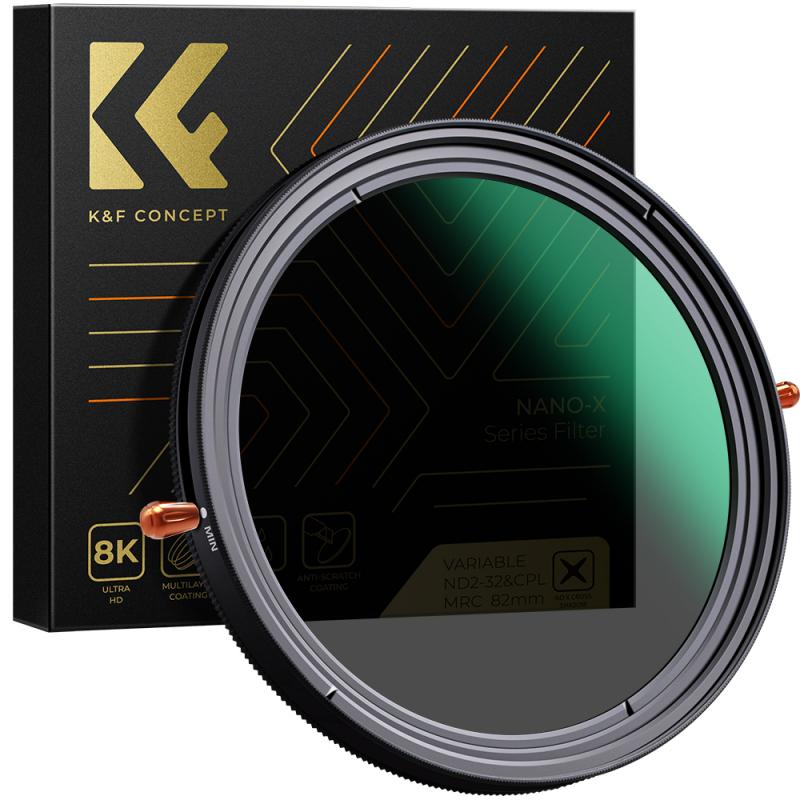
2、 Connecting your device to the WiFi camera
To record video from a WiFi camera, you need to first connect your device to the camera's WiFi network. Here's a step-by-step guide on how to do it:
1. Power on the WiFi camera and make sure it is connected to a stable WiFi network. Most WiFi cameras have a built-in WiFi hotspot that you can connect to.
2. On your device (smartphone, tablet, or computer), go to the settings and enable WiFi. Look for the WiFi network name (SSID) of the camera in the available networks list.
3. Select the camera's WiFi network and enter the password if prompted. The password is usually provided in the camera's user manual or on a sticker attached to the camera.
4. Once connected, open the camera's dedicated app or access its web interface through a browser. The app or interface will vary depending on the camera brand and model.
5. In the app or interface, you should see a live view of the camera's feed. Look for a record button or an option to start recording. Tap or click on it to begin recording video.
6. Some cameras allow you to adjust recording settings such as resolution, frame rate, and storage location. Explore the app or interface to find these options and customize them according to your preferences.
7. To stop recording, simply tap or click on the stop button within the app or interface.
It's worth noting that the steps may vary slightly depending on the specific WiFi camera you are using. Always refer to the camera's user manual or manufacturer's website for detailed instructions.
In recent years, advancements in technology have made it easier to connect and record video from WiFi cameras. Many cameras now offer seamless integration with smartphones and other devices, allowing for convenient remote monitoring and recording. Additionally, some cameras offer cloud storage options, enabling you to access and store recorded videos remotely. These features provide users with greater flexibility and peace of mind when it comes to monitoring their surroundings.
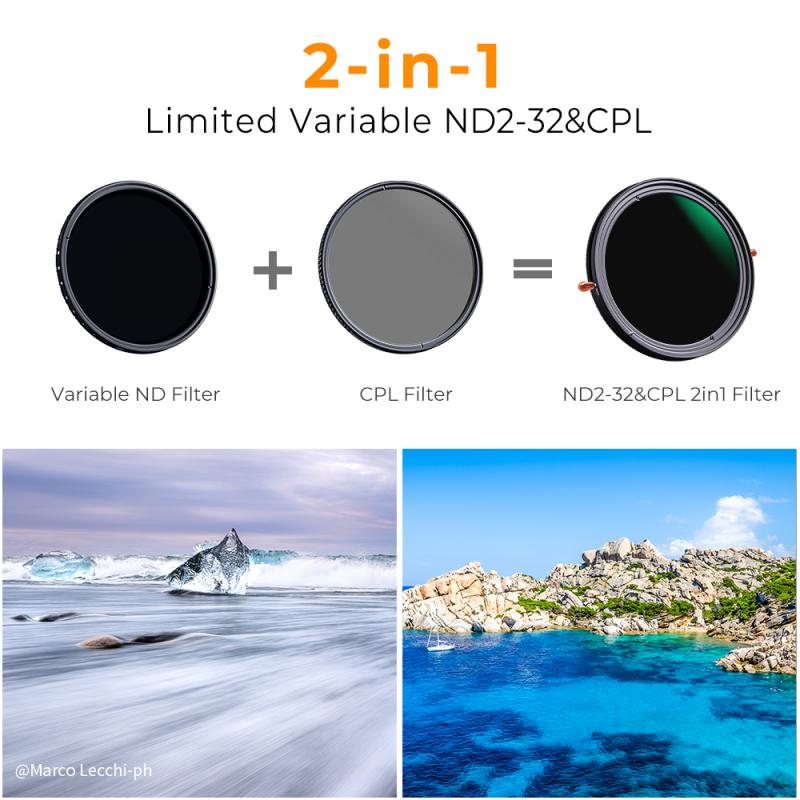
3、 Selecting the video recording mode on the camera
To record video from a WiFi camera, the first step is to connect the camera to your WiFi network. Once connected, you can follow these steps to select the video recording mode on the camera:
1. Launch the camera's mobile app or access its web interface on your computer. Make sure your device is connected to the same WiFi network as the camera.
2. Navigate to the settings menu within the app or web interface. Look for the video recording settings or options.
3. In the video recording settings, you will typically find options such as resolution, frame rate, and video format. Select the desired settings based on your preferences and the capabilities of your camera.
4. Some cameras may offer additional features like motion detection or continuous recording. Enable or customize these features if desired.
5. Once you have selected the desired video recording mode and settings, save the changes and exit the settings menu.
6. To start recording video, go back to the main screen of the app or web interface. Look for a button or icon that allows you to initiate video recording. Tap or click on it to start recording.
7. To stop recording, simply tap or click on the same button or icon again.
It's important to note that the steps may vary slightly depending on the specific WiFi camera model and its accompanying app or web interface. Therefore, it's always recommended to refer to the camera's user manual or online documentation for detailed instructions.
In recent years, WiFi cameras have become increasingly popular due to their convenience and ease of use. They offer features like remote access, live streaming, and cloud storage, making it easier than ever to record and access video footage from anywhere. Additionally, advancements in technology have led to improved video quality and enhanced features, providing users with a better overall experience.

4、 Adjusting video settings for optimal recording quality
To record video from a WiFi camera, you will need to follow a few simple steps. Here's a guide on how to do it:
1. Connect the camera to your WiFi network: Ensure that your camera is connected to the same WiFi network as your recording device, such as a smartphone or computer. This can usually be done through the camera's mobile app or web interface.
2. Install the camera's app: Download and install the app provided by the camera manufacturer on your recording device. This app will allow you to access and control the camera remotely.
3. Access the camera's live feed: Open the app and navigate to the live feed section. Here, you should be able to see the camera's view in real-time.
4. Start recording: Look for a record button within the app and tap on it to start recording. Some apps may also allow you to schedule recordings or set up motion detection triggers.
Now, let's discuss adjusting video settings for optimal recording quality. The specific settings available may vary depending on the camera model and app, but here are some general tips:
1. Resolution: Choose the highest resolution available for the best video quality. This will ensure that the recorded footage is clear and detailed.
2. Frame rate: Higher frame rates result in smoother video playback. However, keep in mind that higher frame rates may require more storage space.
3. Bitrate: Adjusting the bitrate can affect the video's quality and file size. Higher bitrates generally result in better quality but larger file sizes.
4. Compression: Some cameras offer different compression options, such as H.264 or H.265. H.265 generally provides better compression and quality, but it may not be supported by all devices.
5. Lighting and exposure: Ensure that the camera is properly exposed to capture clear footage. Adjust the camera's exposure settings or use additional lighting if necessary.
Remember to regularly check for firmware updates for your camera, as manufacturers often release updates to improve video quality and add new features.
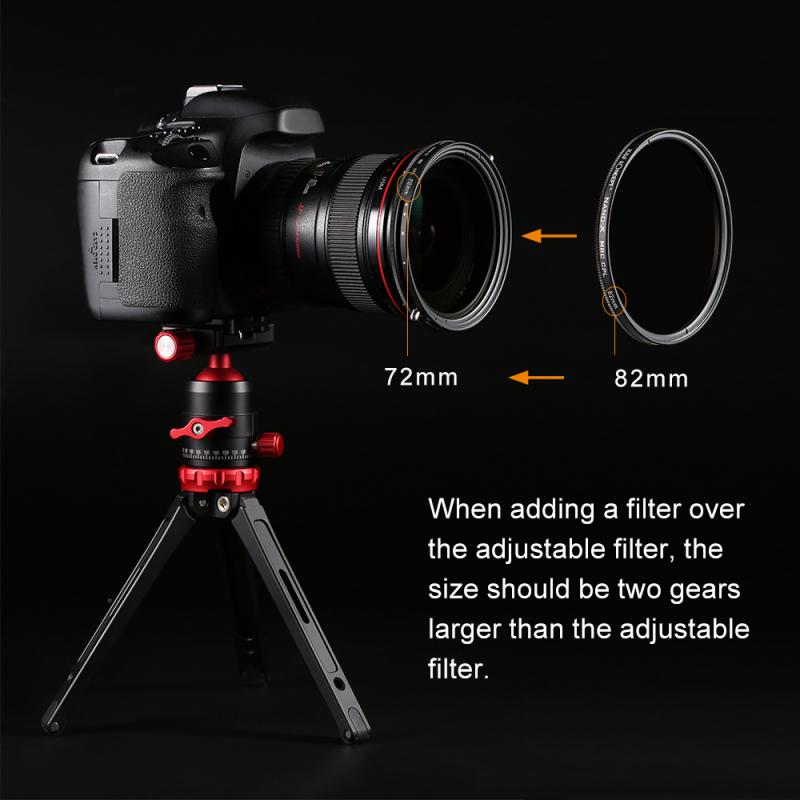

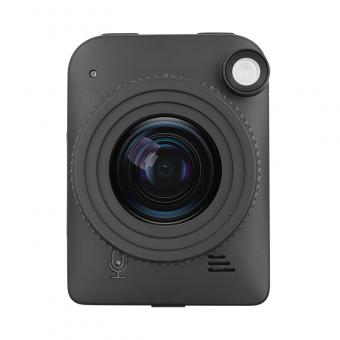
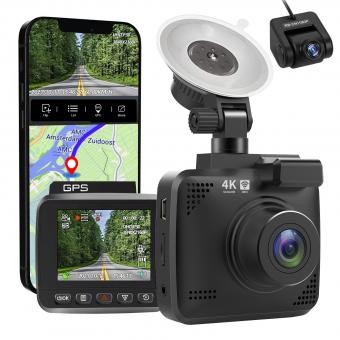








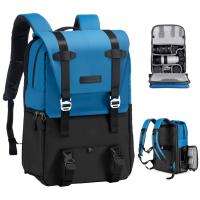

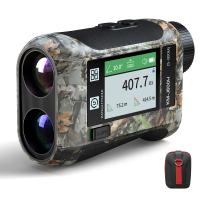


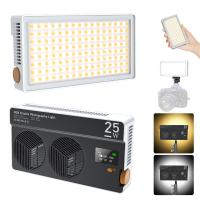
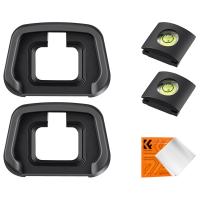


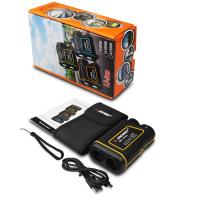
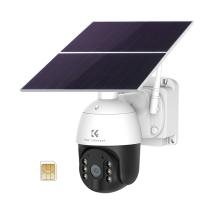


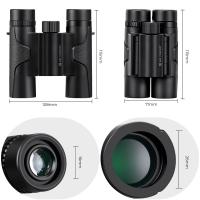
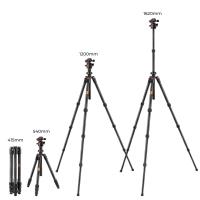



There are no comments for this blog.